Parsley is renowned for its bright flavor and versatility, making it a staple in home kitchens around the world. This popular herb, known scientifically as Petroselinum crispum, is celebrated not only for its culinary value but also for its nutritional benefits. From enhancing soups and salads to serving as an attractive garnish, parsley is a practical and attractive addition to any herb garden.
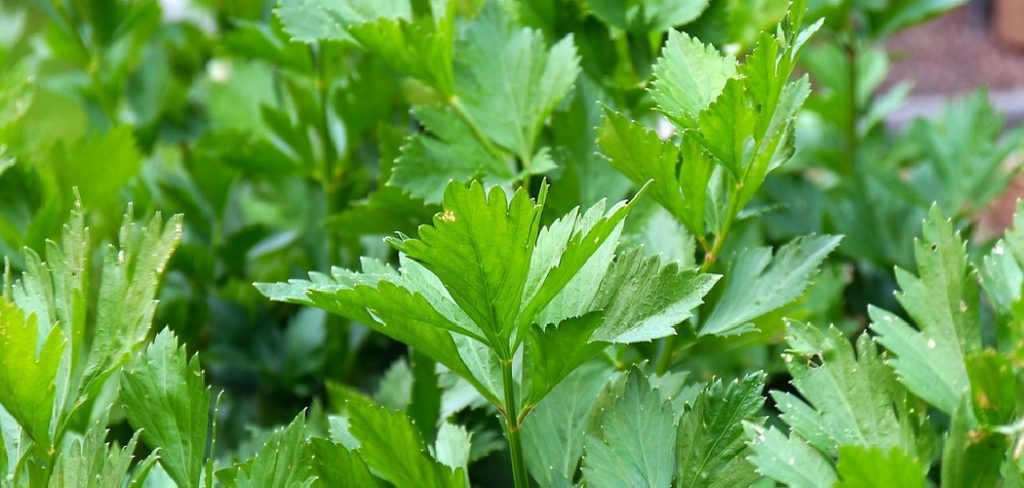
Yet, many home gardeners encounter one persistent challenge with this otherwise easy herb: parsley seeds are notoriously slow and irregular to sprout. Seeds may take weeks, or sometimes longer, to show any sign of life, often leaving growers puzzled and discouraged. The question of how to germinate parsley seeds quickly frequently arises among both beginners and experienced gardeners alike, as rapid and uniform germination can make a significant difference in a successful crop.
This guide will walk you through proven methods, practical advice, and detailed steps to help you achieve faster and more reliable parsley seed germination. You’ll discover not only why parsley seeds are slow to start but also effective strategies that can make the process noticeably quicker – giving you a head start on enjoying fresh, homegrown parsley.
Understanding Parsley Seeds
Characteristics of Parsley Seeds
To fully grasp germinate parsley seeds quickly, it’s helpful to understand what makes these seeds unique. Parsley seeds are small, oval-shaped, and covered with a tough, protective coat. This outer shell is designed by nature to protect the seed’s vital embryo, but it also acts as a barrier that slows water absorption and, in turn, delays germination.
One key contributor to slow germination in parsley seeds is seed dormancy. Dormancy is an inherited trait that prevents seeds from sprouting unless conditions are just right. In their natural habitat, this mechanism ensures seeds don’t germinate during a dry spell or in less-than-optimal situations. For gardeners, this means that without intervention, parsley seeds may sit in the soil for weeks before they begin to grow.
Varieties of Parsley
There are two main types of parsley seeds commonly found in the market: flat-leaf (also called Italian parsley) and curly-leaf. Flat-leaf parsley is favored for its stronger flavor and is generally the preferred choice among chefs, while curly-leaf parsley is popular for its attractive, ruffled appearance in ornamental plantings and garnishes.
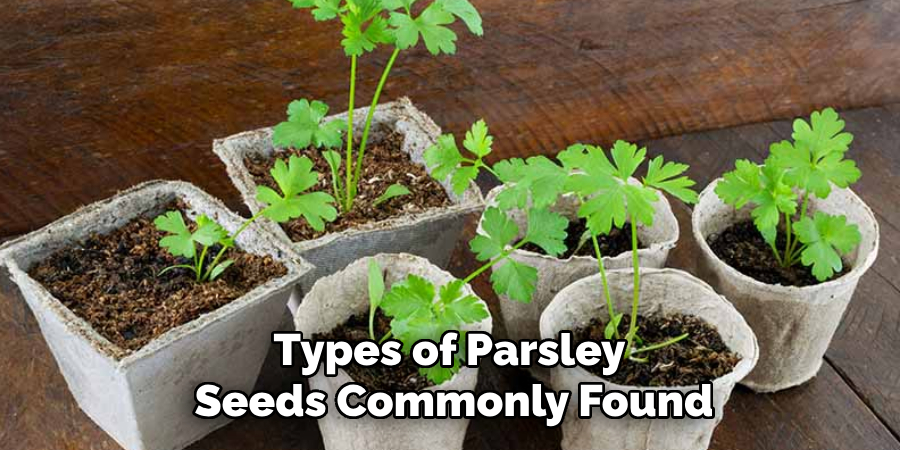
For home gardening, flat-leaf varieties such as ‘Italian Giant’ or ‘Plain Leaf’ are often recommended due to their robust growth and practical uses. Curly-leaf varieties, like ‘Moss Curled,’ offer a more decorative look.
Why Germination Can Be Slow
Natural Growth Patterns of Parsley
Parsley has a naturally methodical growth pattern that contributes to its reputation for slow sprouting. In the wild, parsley evolved to distribute germination over an extended period as a survival strategy, ensuring that at least some seeds would sprout under favorable conditions. This staggered germination means that even under good conditions, not every seed will sprout at the same time.
Factors Contributing to Slow Germination
The slow pace of parsley seed germination can be traced to several factors. Chief among them is the hard seed coat, which is resistant to moisture penetration. Without adequate moisture, the seed’s internal processes remain dormant, and sprouting is delayed. In addition, environmental factors such as soil temperature, humidity, and light exposure play a crucial role.

Parsley seeds germinate best when soil temperatures remain consistently between 65°F to 75°F (18°C to 24°C). Cooler or fluctuating temperatures can further slow the process. Excessively dry or waterlogged conditions also contribute to uneven and delayed germination.
Preparing Parsley Seeds for Quick Germination
How to Pre-Soak Parsley Seeds
Pre-soaking seeds is a widely recommended technique for overcoming slow germination. To start, measure out the desired quantity of parsley seeds and place them in a clean bowl or jar. Pour enough warm, not hot, water over the seeds to cover them completely. Aim for a temperature between 100°F and 105°F (38°C to 40°C). Allow the seeds to soak for 12 to 24 hours. This process softens the hard outer coat, encouraging the absorption of water and consequently jump-starting the germination process.
After soaking, drain the seeds and spread them out on a paper towel to dry briefly until they’re no longer wet to the touch. Seeds should be sown shallowly and immediately after soaking for best results, as this reduces the risk of mold and enhances their readiness to germinate.
Scarification Techniques
If pre-soaking alone doesn’t yield the desired speed, scarification offers another method for germinating parsley seeds quickly. Scarification is the process of gently abrading the seed coat, making it more permeable to water. To do this at home, simply place the dry seeds between two sheets of fine-grit sandpaper. Rub gently for a few seconds—enough to slightly scratch the surface but not crush the seeds. Another option is to gently nick each seed with a sterile needle.
When using scarification, always be gentle and cautious; excessive force can damage the delicate embryo inside the seed. After scarifying, proceed with soaking as described above for maximum effect.
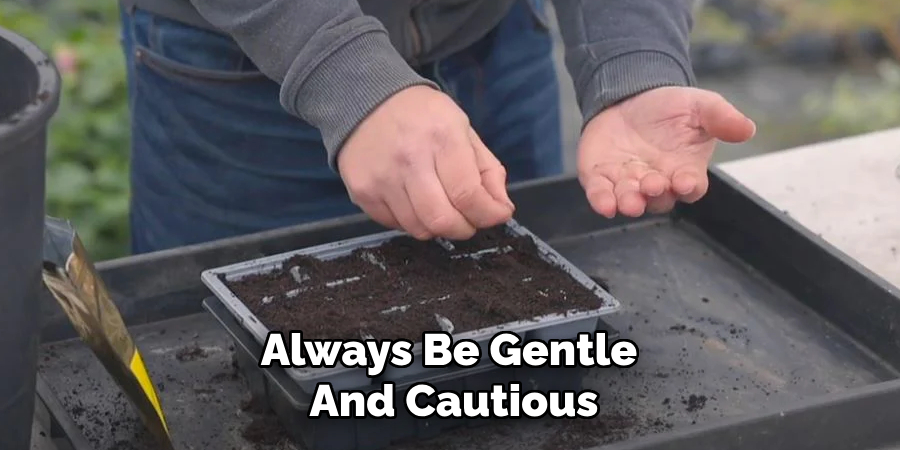
Using a Homemade Seed Primer
For even faster germination, consider priming your parsley seeds using a homemade seed primer. A simple solution can be made by dissolving a quarter teaspoon of baking soda or hydrogen peroxide in a cup of lukewarm water. Soak the seeds for 6 to 8 hours, then rinse thoroughly with clean water before planting.
Priming stimulates metabolic processes within the seed, nudging it out of dormancy and setting the stage for quicker, more uniform sprouting. Whichever method you choose, proper seed preparation is foundational to how to germinate parsley seeds quickly.
Creating the Perfect Germination Environment
Ideal Conditions for Germination
Successfully germinating parsley seeds quickly depends as much on environmental factors as on seed preparation. Aim for a consistently warm, sheltered location with an ambient temperature between 65°F and 75°F (18°C to 24°C). Direct sunlight can overheat seeds or dry out the soil, so indirect, filtered light is preferable.
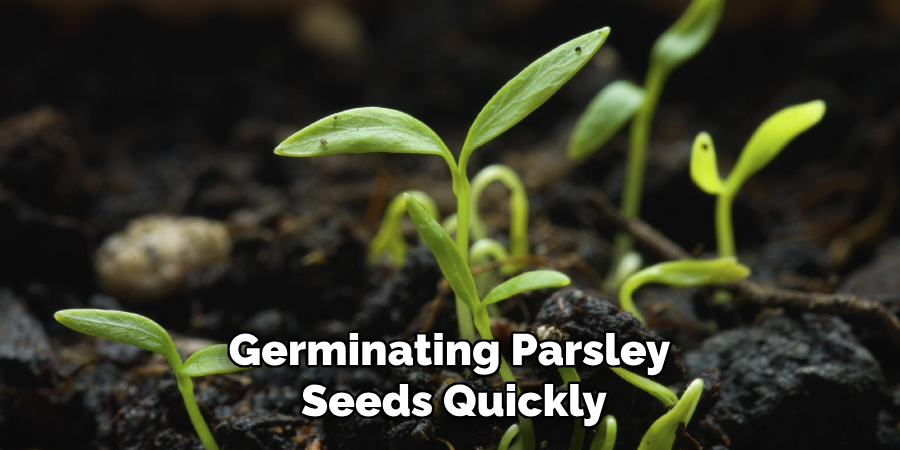
Soil moisture is a crucial variable. While seeds need consistent moisture to activate germination, waterlogged conditions can suffocate the seed or promote fungal growth. Use a spray bottle or a fine watering can to keep the soil uniformly moist, checking daily to maintain the balance.
Preparing the Seedbed
Whether you choose to start seeds indoors or outdoors, the planting medium must be fine-textured and free of lumps or debris. For indoor starts, use a high-quality seed-starting mix composed of peat, coconut coir, and perlite to ensure good drainage and aeration. Fill trays or pots to about half an inch from the rim, moistening the soil before sowing the seeds.
When preparing an outdoor bed, select a site with rich, well-draining soil. Amend clay or heavy soil with compost to promote finer texture and improved drainage. Rake the soil smooth, breaking up lumps further to give delicate seedlings the best possible start.
How to Germinate Parsley Seeds Quickly: Sowing Parsley Seeds
Best Practices for Indoor Sowing
For gardeners who want to control conditions closely, indoor sowing is often the best path to germinate parsley seeds quickly. Scatter-soaked or scarified seeds evenly over the surface of the moist seed-starting mix in trays or small pots. Cover seeds lightly with a very thin layer—no more than one-quarter inch (6 mm)—of soil or vermiculite, as parsley seeds need some light to germinate.
Be sure to maintain even spacing, which reduces overcrowding and the risk of damping off disease. Gently mist the soil to settle it in place, then cover the container loosely with a clear plastic lid or wrap to trap humidity. Position trays in an area receiving bright, indirect light and stable warmth.
Outdoor Sowing Method
For those able to sow outdoors, timing is everything. Wait until all danger of frost has passed and soil temperatures have reached a steady 65°F (18°C) or above. Plant soaked or scarified seeds directly into well-prepared soil, spacing them 6 to 8 inches (15-20 cm) apart in rows or clusters.
After covering seeds with a fine layer of soil, water gently but thoroughly. Protect newly sown rows with lightweight row covers if cold or inclement weather threatens, as sudden chills can delay or disrupt germination.
Tips to Boost Germination Rates
Additional tactics can further speed up parsley seed germination. Using a bottom heat mat set to 70°F (21°C) beneath seed trays maintains an optimal temperature for sprouting. Another popular technique is to create a miniature greenhouse by covering the tray or pot with plastic wrap. Be sure to vent the cover daily to prevent excess moisture buildup, which can cause mold.
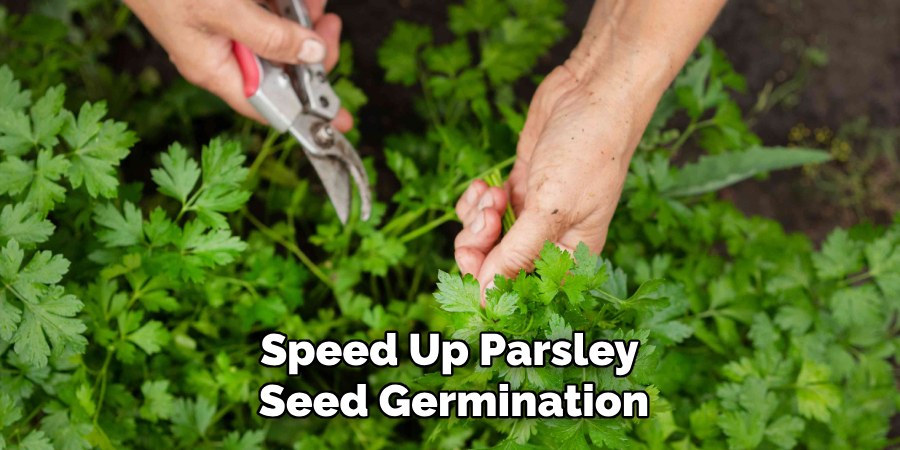
Monitoring soil moisture and temperature closely, especially in the first two weeks, ensures that seeds have ideal conditions to take off swiftly. Such care makes a measurable impact on how to germinate parsley seeds quickly and reliably.
Caring for Germinating Parsley Seeds
Watering Techniques
Once parsley seeds have been sown, continued success depends on maintaining the right moisture level. Too little water and the seeds will remain dormant; too much and seedlings risk rot. The optimal approach is to water gently and frequently enough to keep the surface damp but not soggy.
For indoor starts, a spray bottle provides fine misting that keeps the soil evenly moist. Outdoors, check the soil daily; if it begins to dry out, apply water with a gentle touch. In cooler or more humid climates, reduce the frequency to avoid oversaturation.
Temperature and Light Management
Location is key for newly sown parsley. Choose a site indoors that offers warmth and bright, indirect sunlight—such as a sunny windowsill shielded by a sheer curtain. Outdoor beds should be sheltered from strong winds and intense afternoon sun, both of which can affect soil temperature and moisture levels.
It’s essential to protect sprouts from temperature shocks and sudden drafts. If a cold snap is forecast, consider moving trays indoors or covering outdoor beds with garden fleece or plastic sheeting to preserve stable warmth.
Troubleshooting Germination Failures
Common Germination Issues
Even with care, germination disappointments can happen. Lack of seedling emergence may result from using old, non-viable seeds or planting in poor-quality, compacted soil. Overwatering is a frequent cause of failure, often resulting in damping-off disease or mold growth, which can kill fragile sprouts.
Solutions and Prevention Tactics
If parsley seeds fail to sprout within three weeks, it’s time to reassess your method. Remove any moldy or compacted soil and begin anew with a fresh, high-quality seed-starting mix. Double-check your seeds’ expiration date and consider purchasing a new, reputable batch if germination rates remain low.
Adjust seed preparation methods, perhaps increasing soaking or scarification duration, and confirm that your temperature and moisture levels consistently match the recommended values. Perseverance is key: sometimes, success in germinating parsley seeds quickly comes down to refining your approach and learning from each attempt.
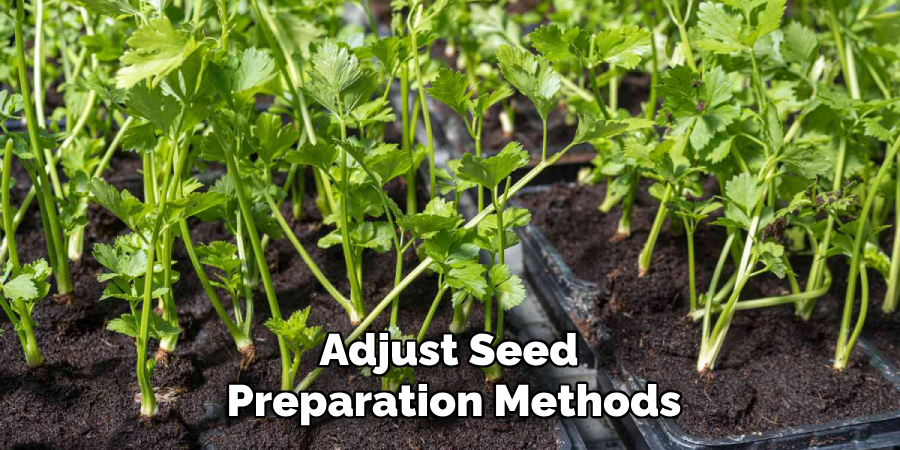
Moving Sprouted Parsley to the Garden
When to Transplant
Once your parsley seedlings develop their first true leaves and reach two inches (5 cm) in height, they are often ready for the next stage: transplantation. However, avoid haste—seedlings should have sturdy stems and established root systems before moving outdoors.
Begin the “hardening off” process about a week before transplanting. Gradually expose seedlings to outdoor conditions by placing them outside for a few hours daily, increasing time and sunlight exposure gradually. This process reduces transplant shock and prepares plants for their new environment.
Proper Transplanting Techniques
When ready to move, gently loosen the soil in the seed tray or pot and ease each seedling out, taking care to keep the root system intact. Plant seedlings at the same depth as they grew previously, spacing them 6 to 8 inches (15-20 cm) apart to ensure adequate airflow and room to grow.
Water well after transplanting, and provide a temporary shade screen if full sun is intense. Attention to these details supports healthy establishment and continuous growth—a fitting conclusion to your efforts in germinating parsley seeds quickly.
Benefits of Faster Germination
Hastening parsley seed germination has clear rewards. When seeds sprout quickly and reliably, you can count on earlier harvests and a steady supply of fresh parsley from your garden. Faster germination makes planning your planting schedule easier and maximizes the productive window of your crop. For home gardeners seeking efficiency and fresher herbs, learning to germinate parsley seeds quickly is a straightforward way to achieve tangible results.
Conclusion
Successfully mastering how to germinate parsley seeds quickly involves strategic preparation, optimal environmental conditions, and attentive care throughout the process. By pre-soaking or scarifying seeds, maintaining proper temperature and moisture, and promptly addressing common germination issues, you lay the groundwork for a lush and productive parsley patch. With these steps, you not only overcome the challenges of slow-sprouting seeds but also gain the satisfaction of growing robust, flavorful parsley at home. Try these time-tested techniques and enjoy the rewards of fresh, flourishing parsley in your garden all season long.
About
Jennifer Branett is a distinguished figure in the world of Garden design, with a decade of expertise creating innovative and sustainable indoor solutions. His professional focus lies in merging traditional craftsmanship with modern manufacturing techniques, fostering designs that are both practical and environmentally conscious. As the author of garden, Jennifer delves into the art and science of garden-fix, inspiring artisans and industry professionals alike.
Education RMIT University
(Melbourne, Australia) Associate Degree in Design (Jennifer Branett) Focus on sustainable design, industry-driven projects, and practical craftsmanship. Gained hands-on experience with traditional and digital manufacturing tools, such as CAD and CNC software.
Nottingham Trent University
(United Kingdom) Bachelor’s in Garden and Product Design (Honors) Specialized in product design with a focus on blending creativity with production techniques. Participated in industry projects, working with companies like John Lewis and Vitsoe to gain real-world insights.Publications and Impact
In indoor, Jennifer Branett his insights on Garden design processes, materials, and strategies for efficient production. His writing bridges the gap between artisan knowledge and modern industry needs, making it a must-read for both budding designers and seasoned professionals.
